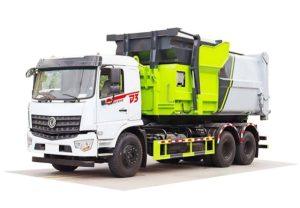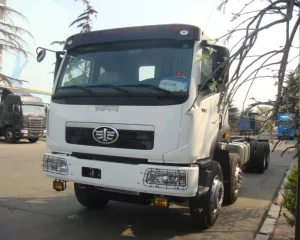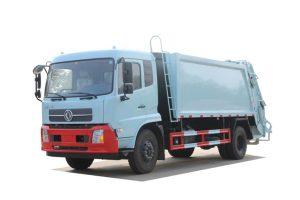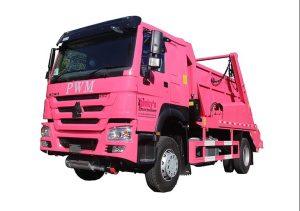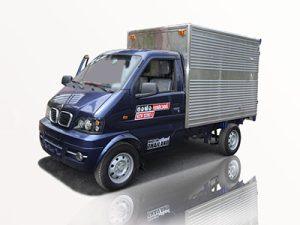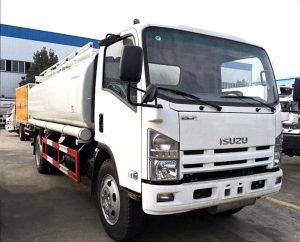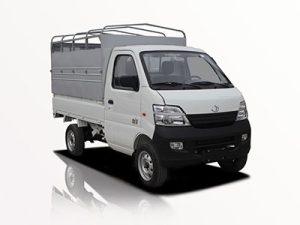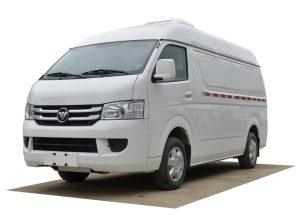Monday to Saturday - 8:00 -17:30
Single Cab vs Double Cab: A Comprehensive Guide
When it comes to choosing a pickup truck, one of the biggest decisions you’ll face is whether to go for a single cab or a double cab. Both options have their advantages and disadvantages, and the right choice largely depends on your lifestyle, needs, and preferences. In this article, we’ll dive deep into the differences between single cabs and double cabs, exploring their features, benefits, practical examples, and what to consider before making a purchase.
Understanding Cab Configurations
Cabs come in various configurations, with single cab and double cab being two of the most common types. These terms refer to the size and layout of the truck’s cabin, which significantly affects passenger space and the overall utility of the vehicle.
What is a Single Cab?
A single cab, also known as a regular cab, features a simple design with one row of seats. This configuration typically accommodates two to three passengers, making it ideal for those who prioritize cargo space over passenger capacity.
Key Features of Single Cabs
- Limited seating capacity (usually 2-3 passengers)
- Larger cargo bed compared to double cabs
- Generally lighter, improving fuel efficiency
- More affordable than double cabs
What is a Double Cab?
A double cab, often referred to as a crew cab, offers a spacious interior with two rows of seats. This configuration usually accommodates up to five or six passengers, making it a more family-friendly option.
Key Features of Double Cabs
- Seating for 5-6 passengers
- Smaller cargo bed compared to single cabs
- Increased comfort and convenience for passengers
- Higher price point than single cabs
Comparison of Single Cab vs Double Cab
| Feature | Single Cab | Double Cab |
|---|---|---|
| Seating Capacity | 2-3 passengers | 5-6 passengers |
| Cargo Space | Larger | Smaller |
| Fuel Efficiency | Generally better | Generally lower |
| Price | Less expensive | More expensive |
| Convenience | Less convenient for passengers | More convenient for families |
| Popular Uses | Work and cargo transport | Family and recreational use |
Benefits of Single Cabs
1. Enhanced Cargo Capacity
The single cab’s larger cargo bed makes it suitable for transporting larger loads. If you’re often hauling equipment, tools, or other bulky items, a single cab might be the better option.
2. Lower Purchase Price
Single cabs typically have a lower starting price compared to double cabs. If you’re working with a tight budget, this could be a significant factor in your decision.
3. Improved Fuel Efficiency
Generally, single cabs are lighter and more fuel-efficient. This can translate to lower running costs over time, especially for those who use their trucks for work-related tasks.
4. Ideal for Work Environments
Single cabs are popular in work environments where cargo capacity is prioritized. Construction workers, landscapers, and delivery drivers often prefer this configuration for its utility.
Benefits of Double Cabs
1. Comfort and Space
Double cabs provide ample space for passengers, making them perfect for families or those who often travel with friends. The additional legroom and seating can significantly enhance comfort on long trips.
2. Versatility
Double cabs are versatile, serving both as work vehicles and family haulers. They can easily switch between carrying cargo during the week and taking the family out on weekends.
3. Increased Resale Value
Double cabs tend to hold their value well over time due to their popularity among a broader range of buyers. When it comes time to sell, you may find that a double cab offers better resale value than a single cab.
4. Enhanced Safety Features
Many double cab models come equipped with more advanced safety features, including additional airbags and modern technology that can enhance the overall safety for passengers.
Practical Examples and Tips
Choosing the Right Cab Type for Your Needs
Here are some practical scenarios to consider when deciding between a single cab and a double cab:
- Single Cab: If you own a landscaping business and need to transport large tools and bags of soil, a single cab is ideal. The larger bed space will help you carry more equipment.
- Double Cab: If you have a family and need to carpool to school and activities, a double cab offers the necessary space and comfort for kids and cargo alike.
Consider Your Lifestyle
Think about how often you’ll need the additional seating. If you frequently take long trips with family or friends, the double cab might be worth the investment. However, if you mainly use your truck for work and solo transportation, a single cab might suffice.
Evaluate Your Budget
Your budget is an essential factor. Beyond the purchase price, also consider fuel costs, insurance, and maintenance. While a single cab may be cheaper upfront, weigh the total cost of ownership against your lifestyle needs.
Test Drive Both Options
Before making a final decision, test drive both single and double cab models to see which feels better for your driving style and comfort preferences.
Common Misconceptions
1. Single Cabs are Outdated
Some may think that single cabs are outdated. However, they’re still widely used, especially in work settings where cargo space is more valuable than seating capacity.
2. Double Cabs Are Always More Expensive
While it’s true that double cabs generally come with a higher price tag, the difference in cost can vary based on the make and model. Always compare features and prices before assuming.
3. Single Cabs Are Less Comfortable
While double cabs usually provide more passenger space, single cab drivers can still enjoy comfort. Many single cab models come equipped with modern features that enhance the driving experience.
Frequently Asked Questions (FAQ)
1. Which cab configuration is better for towing?
Both single and double cabs can tow effectively. However, single cabs often have higher towing capacity due to less weight, making them suitable for heavy loads.
2. Is it possible to fit child seats in a single cab?
Child seats can fit in a single cab, but space is limited. It’s essential to ensure that the seats can be securely installed and that children have enough room.
3. Are there any safety differences between single and double cabs?
Generally, double cabs may have more safety features and space for additional airbags, providing a slight edge in safety for passengers. However, both configurations can meet safety standards.
4. Can single cabs be modified for more passenger space?
While it’s possible to modify a single cab with additional seating solutions, it can be complicated and may not meet safety regulations. It’s usually more advantageous to purchase a double cab for extra seating.
5. How do single cabs perform in fuel efficiency compared to double cabs?
Single cabs generally have better fuel efficiency due to their lighter weight. However, specific performance can vary based on the truck’s model, engine, and driving conditions.
6. What factors affect the resale value of single and double cabs?
Factors such as condition, mileage, brand reputation, and market demand greatly influence resale value. Double cabs often retain their value better due to wider appeal.


